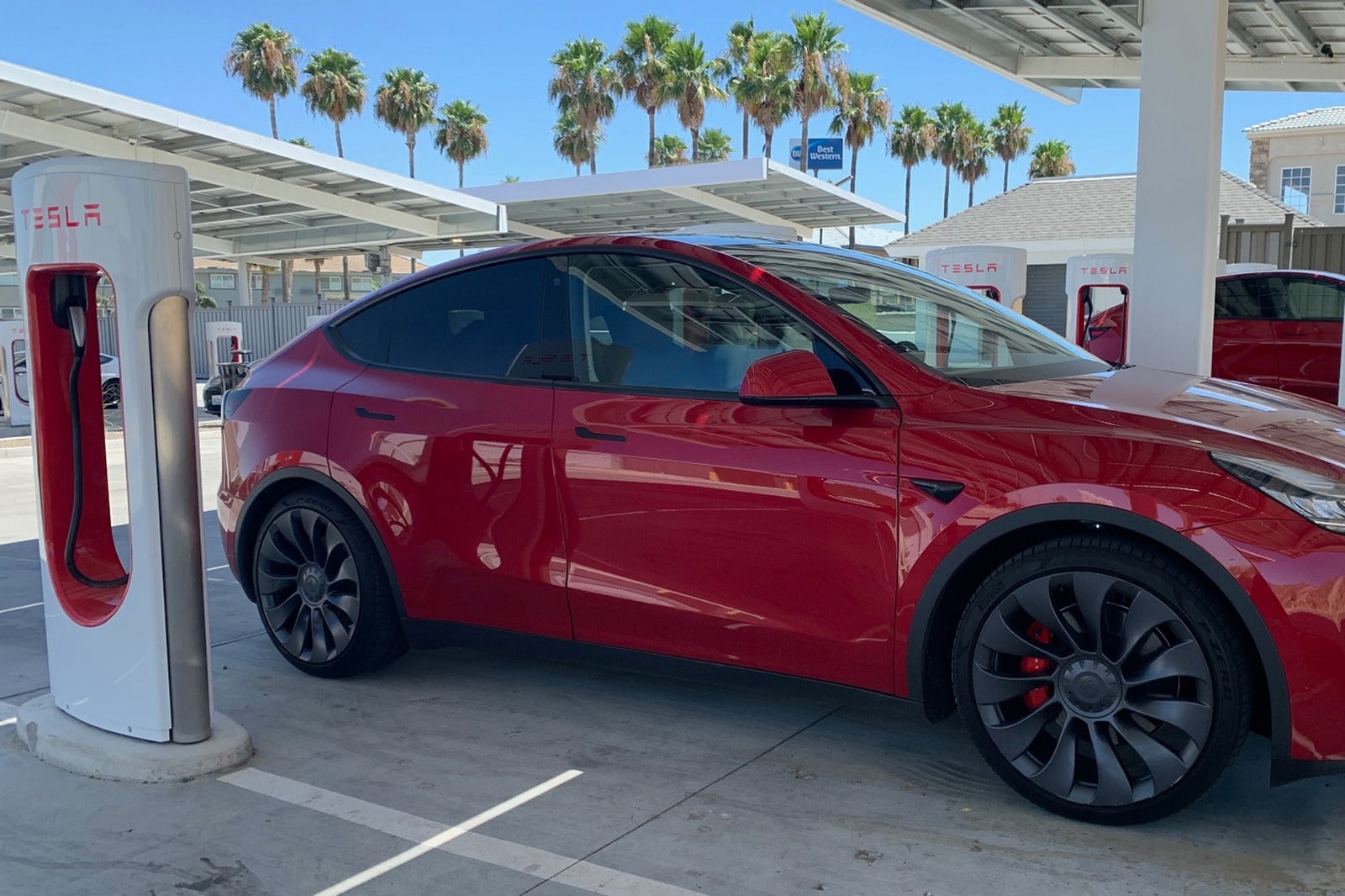Whether you need to plug in your electric car at home or while on the go, charging an EV is a simple process once you understand the basics. In this article, we'll offer a step-by-step guide to charging your electric car, with information on how to find a public charger, how to plug in your vehicle, how to pay for charging, and what to do when your vehicle has finished charging. Here's how to easily charge your EV when you're away from home.
How to Charge an Electric Car
Follow these steps to easily charge your electric car
Am I Ready for an EV?
- EV ownership works best if you can charge at home (240V outlet) This typically means a 240V home installation, or other places your car is parked for several hours each day. Don't expect a regular household outlet (120V) to suffice.
- Adding a home charging system is estimated to cost $1,616 in This is an estimate for your area. Using your address and the answers you provide, Treehouse can provide a more accurate price.
- Edmunds is partnering with Treehouse, an independent provider of home EV installation services. Learn more Edmunds customers receive a 10% installation discount and 4% smart charger discount. Discount excludes permit, hosted inspection, and load management devices. Valid for 30 days.
1. Locate a public charging station
Most EVs have an onboard navigation system that includes charging station locations. Alternatively, you can find locations using your smartphone's map app or even specialized apps that are all about finding EV charging stations. Just input a simple phrase like "EV chargers" or "charging stations" into the navigation search and select the location that's best for you.
2. Know your charger type
Most new electric cars offer DC — or Level 3 — fast charging. These cars can also connect to slower Level 2 chargers, but vehicles with smaller batteries — including plug-in hybrids — often cannot accept DC fast charging.
Read our "Do All Electric Cars Use the Same Charger?" article for more information on EV charger plug types.
4. Follow the instructions on the charger's screen
After your vehicle is connected, the charger will prompt you to swipe a credit card or input other payment information. Some manufacturers offer subscription services that can allow you to prepay for charging through a smartphone app.
Note that Tesla Supercharger stations do not have a screen. Charging and payment happen automatically when connecting a Tesla vehicle to a Supercharger station.
6. Unplug your vehicle
Once charging is completed — or you've reached your desired state of charge — you can stop the charger. You may need to press an unlock button on your vehicle to disconnect the cable, but once you've unplugged, put the charging cord back on the charger itself. That's it — you're done.
Other tips and reminders
Remember to be courteous to other electric-car drivers, and don't leave your vehicle plugged in for longer than necessary. Public charging stations are often limited, so by unplugging and moving your car after it's finished charging, you can ensure that the charger is available for the next customer.
It's also important to remember that batteries charge slower as they get closer to a 100% state of charge. Once you pass 80% or 90%, you will likely see the charging rate decrease, which is normal. You may find it easier to unplug your vehicle once you've reached this high state of charge to allow another customer to use the charger.
